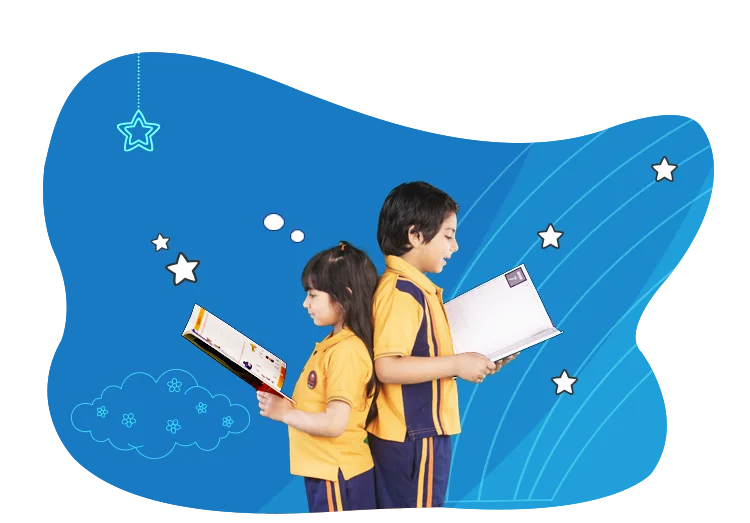Best ways of Early Childhood Care and Education

‘Real Play’ is better than ‘Pretend Play’ in Early Education years
You often must have heard that children learn in a play-way manner. What is this play way method? Does this mean all play and no reads? Maybe not! We should dig deeper and trace out the meaning of real play when put in comparison to pretend play.
There is a common phenomena that many of us have seen while a child is around. Even if a 100 times, a child is given a toy phone, that doesn’t spark interest. While on the other hand, they stare at the glaring screen of a real smart phone and want the real thing to play with. This is one of the reason why children at a very young age know technology earlier and can operate gadgets all by themselves. Fidgeting around with real things is a child’s form of play which should not be stopped but must be encouraged by parents and teachers.
Understanding Pretend Play
When a child is introduced to fictional characters in their books or even real characters who are not physically present at that moment, such a practice is called as ‘pretend learning’ or ‘fictional learning’. Superman or any other comic character or a postman or a doctor is not present beside a child when they read or learn about them. Therefore, they tend to forget every concept related to these people earlier. A child when is a toddler does not respond to rattles or other sound making toys. They rather would love a door bell ring or a sound produced from kitchen utensils. Pretend play is not a formal part of learning as it is less related to real life experience. But, this can invoke sensory powers of a child and lets them imagine an entire fairy land. Fictional characters in movies are a part of pretend learning as it is a conceptualized story and not always a real one. Pretend play or viewing content that is unreal ca sometimes invite disruptive behavior amongst kids.
Understanding Real Play
We have often heard the word Internship. This a practical training after a young graduate completes or is about to complete a theoretical degree. Young children often prefer real play with real things. That’s a good sign of the nature as this natural inclination towards learning real time is sure to bring results that just theoretical knowledge can never do. But a thousand rupee remote control car for your boy and see them cling onto real car’s steering while father drives. That is how a child expresses love to touch real objects. Similarly, a little girl does not love a doll more than she loves to play in the kitchen with the utensils and the water tap while mother cooks food.
Which is the best form of learning: Pretend play versus Real play?
No learning can be attributed as the greatest for of learning. At school, theory is of immense importance. A child necessarily has to learn mathematical tables in a less play way manner. So, schools always incline to pretend learning as they have to look closely to child safety. Real play and learning includes dealing with real objects which can be hazardous. Therefore, school function more on theoretical and pretend play. But, schools also do not ignore the value of real play and make use of tools like Virtual Reality, Smart Class, Robotics and Role plays for better teaching learning experience.
Home is the ideal place where play method of learning can be administered under careful watch of parents. A balance of both pretend play and real play polishes a child and gets him ready to face the world outside and develop cognitive capacities.
“Practicing real-life activities is a universal form of play. It’s what children choose to do in their free time and what drives their interest and motivation, and it usually includes interaction with other children”



